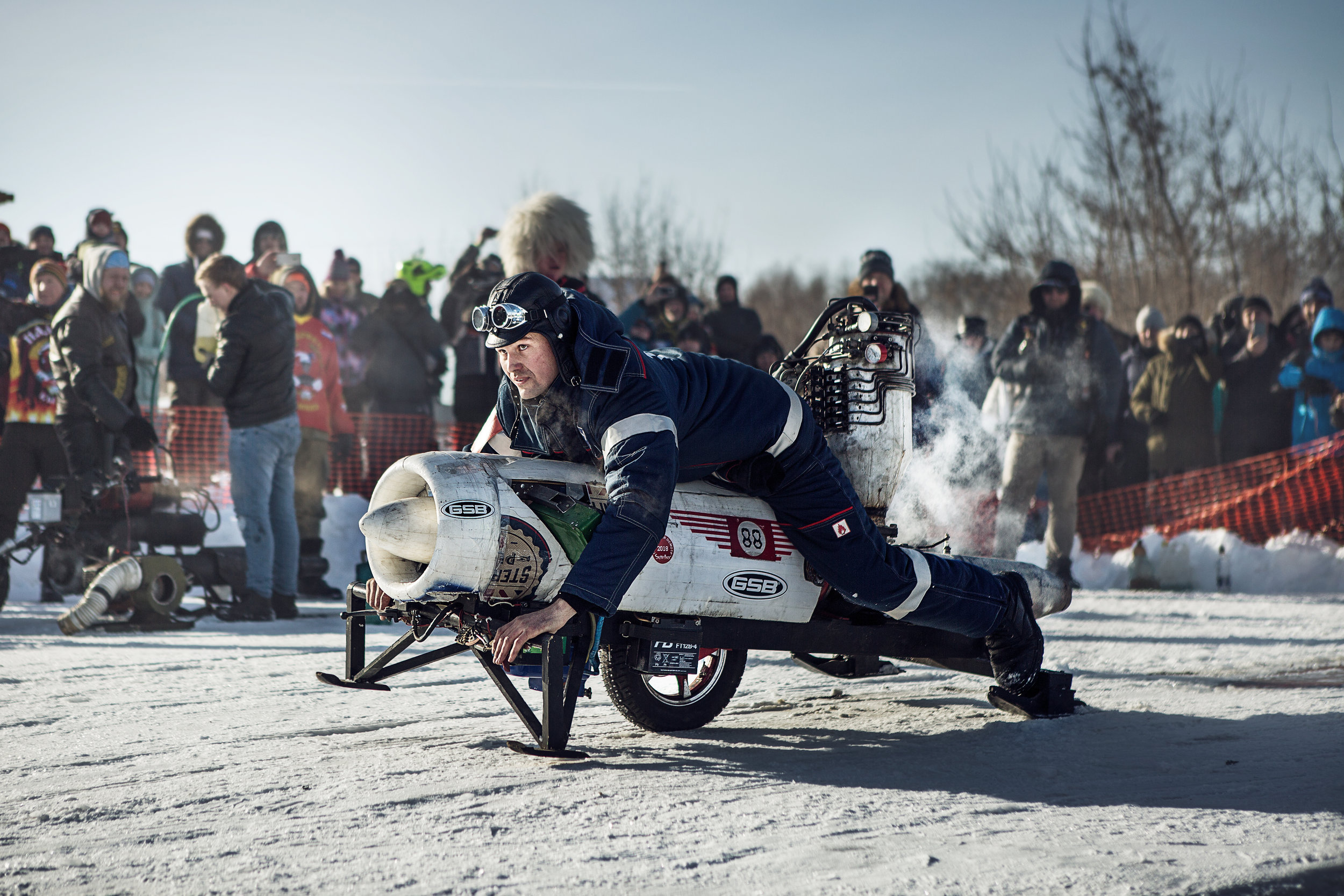SISSTR
Stay Wild
A Revolution for Women’s Surf Goods
Story by Lola Rae
While recently thumbing through the debut line of SISSTREVOLUTION, a new surf-centric apparel and accessories line for active young women, I was transported – not to a geographic place, but to a different time altogether: to my younger self. This new range – which is the literal ‘sister’ brand to its well-established core surf brethren, Vissla – with its dreamy, muted colors, soft, natural fabrics and easygoing vibe, is the line that I wish had existed when I was a teen or twenty-something surf gromette.
This blossoming brand was brought to fruition to fill a lull in the market, offering softgoods and gear for the “12-25 year-old girl who is active in or around the water and is either a surfer or will be the next time she is at the beach”, to quote a brand spokesperson. This includes surf trip essentials like 70’s-inspired snap-closure corduroy short shorts, boxy cropped tees and super soft hoodies. Ease of structure, playful prints and ultimate packability are evident design choices throughout the range, with each style representing a modern throwback.
Not only has Sisstr come into her own with a youthful, timeless line of packable, travel-able, throw-on-after-a-surf-or-before-a-flight everything, it has done so with an air of eco-consciousness. Sustainable materials including organic cottons and hemp blends share a common thread through many styles, including the entire boardshort line which – like Vissla’s well-known Coconut Stretch boardies – is entirely comprised of upcycled coconut fiber fabric.
Add to that a complete range of performance pieces and fully shreddable (read: top-of-the-line) wetsuits and surfwear, and Sisstrevolution could very well be just that for young women’s surf apparel - a revolution. If only we’d had this kind of thing when I was a youngin’!















